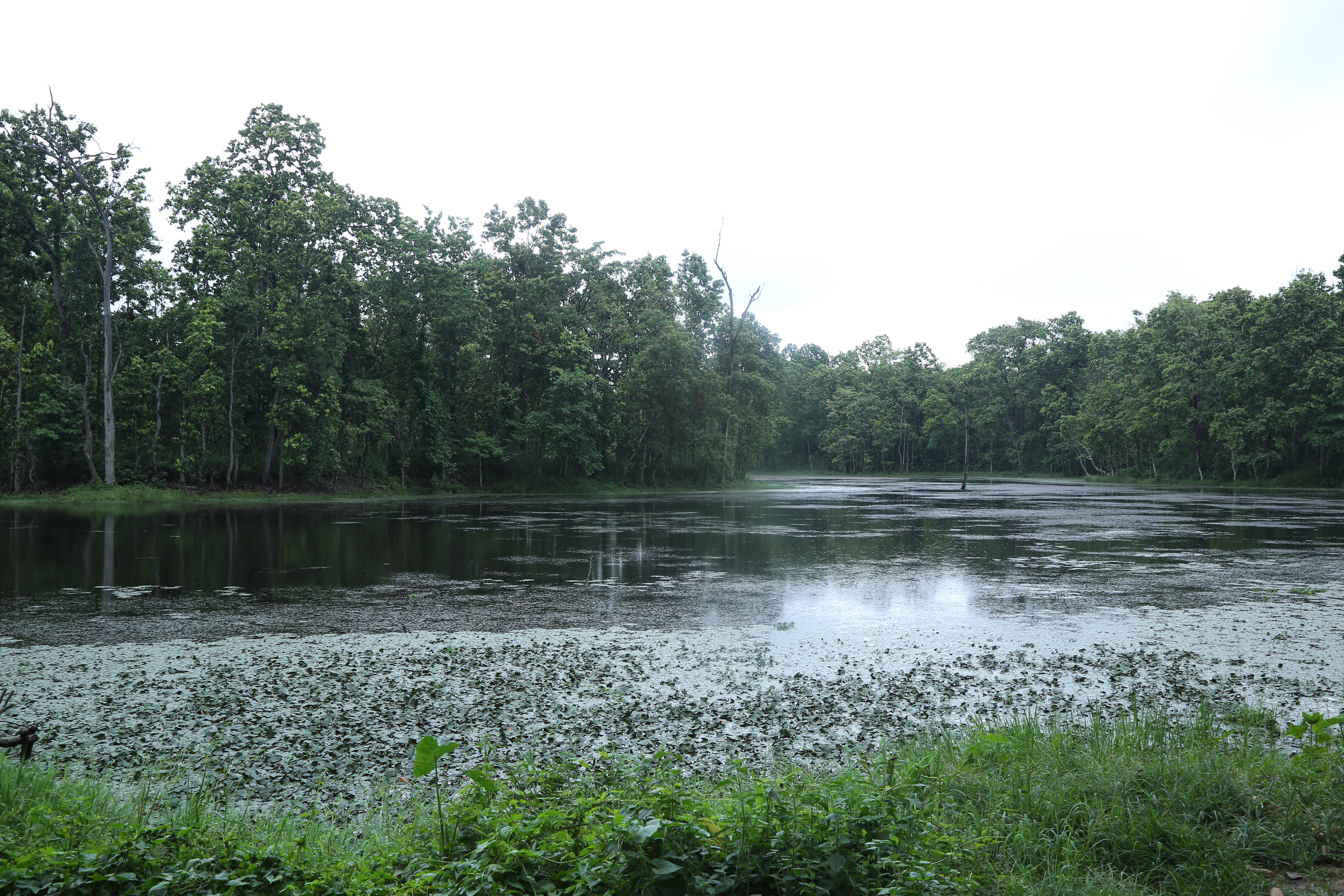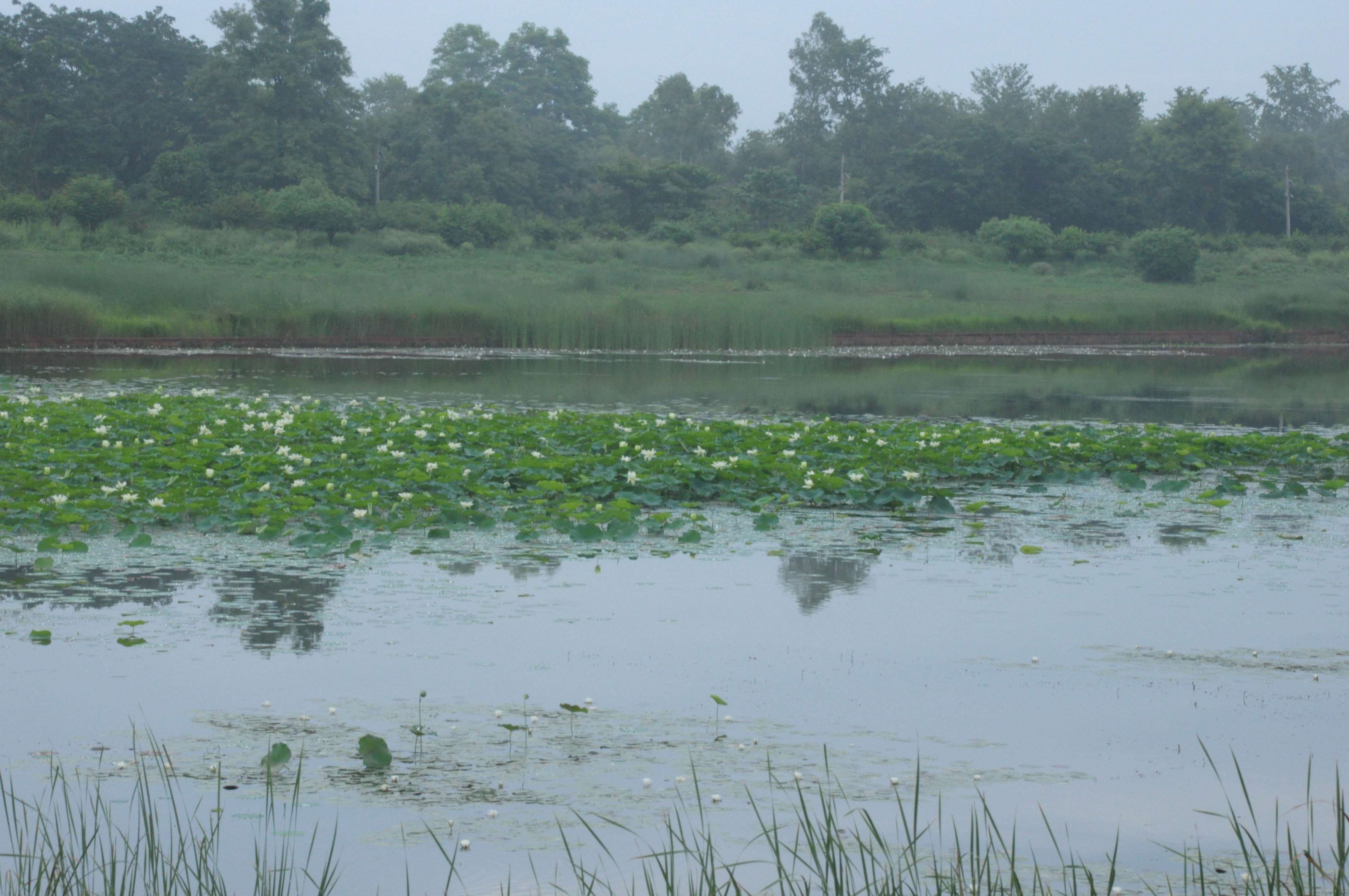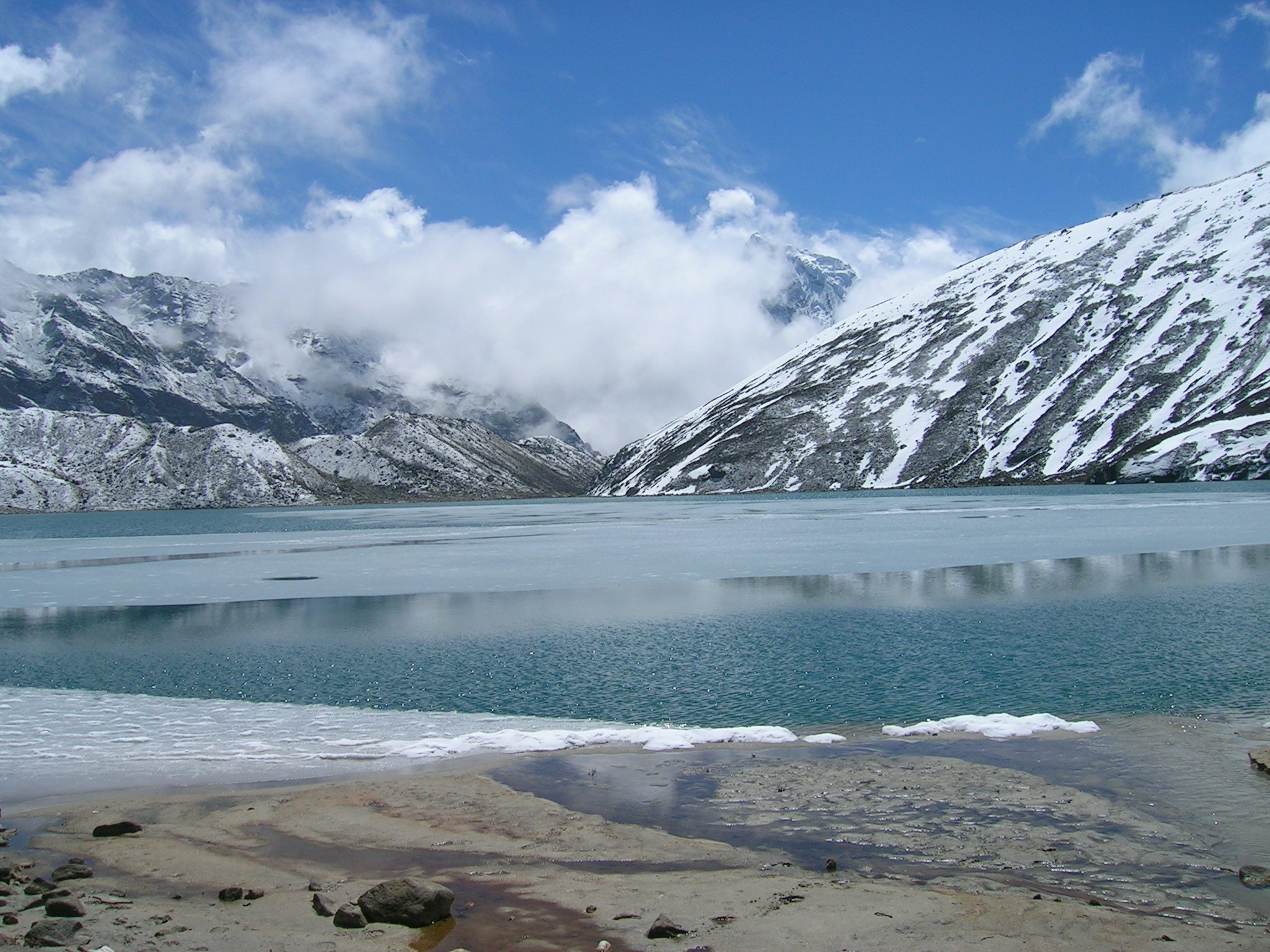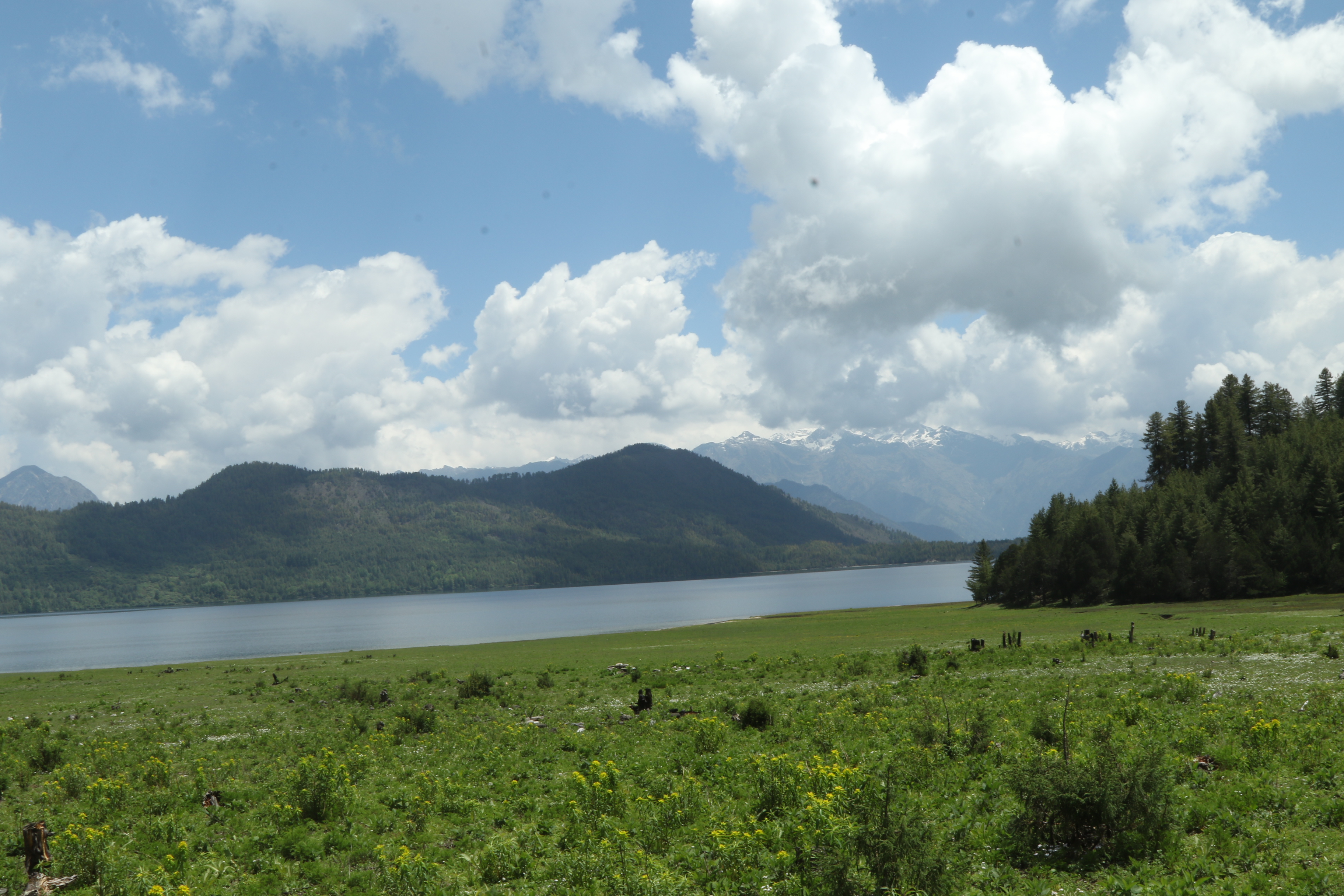Marking World Wetlands Day (WWD) that falls on February 2, the National Lake Conservation Development Committee (NLCDC), under the Ministry of Forests and Environment (MoFE) of Nepal, today unveiled a report titled, Inventory of Lakes in Nepal. The study reveals that the wetlands in Nepal face a number of challenges that frequently arise from both the direct exploitation of lake resources and the human activities taking place within and outside the lake basins.
WWD is marked as the anniversary of the signing of the Convention on Wetlands of International Importance (also known as the Ramsar Convention) that took place at Ramsar in Iran on 2 February 1971 and 2021 thus marks the 50th anniversary of the Ramsar Convention.
- Wetlands in Nepal cover 5.5% of the total land area with 10 wetlands being listed under the Ramsar Convention covering land from Maipokhari of Ilam in Province-1 to Ghodaghodi lake of Sudurpashchim province
- The NLCDC records a total of 80 lakes within 3,000 metres above sea level (masl) in Province-1 with distribution across the Terai, hill, and mountain regions respectively of 43%, 44%, and 13%. There are 81 lakes recorded in Province-2, all in the Terai area, whereas the Bagmati province has 222 lakes distributed across the Terai (4%), hill (95%), and mountain (1%) regions
- The number of lakes recorded in Gandaki province include 42 within an elevation of 3,000 masl distributed across the Terai (5%), hill (71%), and mountain (24%) regions
- The Lumbini province has a total of 97 lakes located in the Terai (92%), hill (6%), and mountain (2%) regions
- Karnali Province holds seven lakes that are distributed across the Terai (14%), hill (57%), and mountain (29%) regions whereas Sudurpaschim province has 87 lakes that are distributed across the Terai (84%), hill (5%) and mountain (11%) regions

Stating that draining lake water for dry-season crop irrigation is widespread in Nepal, the report considers that lake drainage and reclamation are major threats to wetlands. Similarly, deforestation in the basins is found to be leading to landslides and soil erosion that subsequently affect the physics of the lakes and the loss of habitats for birds, fish, amphibians, and aquatic flora.
The study also found that the ecological impacts of hydropower dams result in notably reduced levels of aquatic flora, fishes, and ungulates. The Koshi Tappu, the only site with a viable population of Asian wild buffalo, has lost over half of its endemic ungulate species.

Furthermore, there is the problem of the run-off of agricultural contaminants such as pesticides, herbicides, and chemical fertilizers that are found to be heavily used around lake basins to enhance the production of crops in Nepal. Meanwhile, sewage disposal, including untreated domestic sewerage, effluents, and septic tank contents, have seriously polluted many lakes in Kathmandu.
Another major threat exposed by the study is sedimentation with landslides, sheet erosion, soil erosion, and water from agriculture fields becoming sources of sedimentation in the lake basins in the mountain areas of Nepal. The overharvesting of fish has caused a reduction in the fish population of many species whereas overgrazing by free-grazing yaks, sheep, and goats around the lakes in high altitude areas has changed the composition of pastureland, introducing alien fish and invertebrate species to many lakes. This has resulted in severe consequences for native species and caused weed infestation such as the excess growth of aquatic plants thus altering the habitats of native fauna, all of which are some of the additional threats to the wetlands of Nepal exposed by the report.
Furthermore, revealing that the rate of the receding of glaciers in the Himalayas could have potentially serious consequences in terms of water shortage and livelihoods, the report found climate change to be one of the major threats to the lakes in Nepal.

Dr. Bishwa Nath Oli, the Secretary at MoFE, considers climate change to be one of the driving factors for altering the wetlands habitat as a result of which those in Nepal are now deteriorating. “Nepal has formulated a national wetlands policy clearly describing the vision of maintaining healthy wetlands for a clean environment and sustainable development,” he added.
Concerned about the increased threats to wetlands such as habitats, poaching, tourist activities, and land encroachment, Prof. Dr. Pramod Kumar Jha, a renowned ecologist, said, “Among several kinds of ecosystems, wetlands is one of the crucial ecosystems on the earth which covers roughly 6% of the global territory. Nepal’s wetlands cover four types of water bodies – lakes and ponds, riparian areas, marshes, and man-made reservoirs.” Regular monitoring and strong governance are two major interventions that could prevent encroachment of wetlands, he added.

Issuing a statement on the publication of the report and highlighting that water, wetlands, and life are inseparable, Martha Rojas Urrego, Secretary-General of the Convention on Wetlands, said, “We are in a water crisis with intense consequences and wetlands are at the heart of its resolution. Less than 1% of water on Earth is usable freshwater which is mostly stored in wetlands.” Substantial investments are needed in wetlands as the natural solutions for water management, as well as enacting policies that integrate wetlands into management plans, she added.
Recognizing that all lakes are wetlands but all wetlands are not lakes, the National Wetlands Policy 2003 (amended in 2013) of Nepal defines wetlands as natural or artificial areas, i.e. swamps, marshes, riverine floodplains, lakes, water storage areas, and agricultural lands, those that contain water from underground water resources or atmospheric precipitations that may be permanent or temporary, static or flowing and freshwater or saline. Lakes in Nepal are known as an integral part of the socio-ecological landscape.

